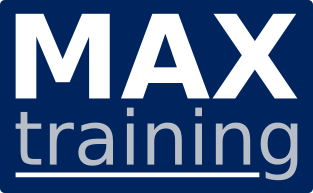Unsupervised Learning
Code: W7104G-WBTOverview
This course introduces you to one of the main types of Machine Learning: Unsupervised Learning. You will learn how to find insights from data sets that do not have a target or labeled variable. You will learn several clustering and dimension reduction algorithms for unsupervised learning as well as how to select the algorithm that best suits your data. The hands-on section of this course focuses on using best practices for unsupervised learning.
Audience
This course targets aspiring data scientists interested in acquiring hands-on experience with Unsupervised Machine Learning techniques in a business setting.
Prerequisites
To make the most out of this course, you should have familiarity with programming on a Python development environment, as well as fundamental understanding of Data Cleaning, Exploratory Data Analysis, Calculus, Linear Algebra, Probability, and Statistics.
Objective
By the end of this course you should be able to:- Explain the kinds of problems suitable for Unsupervised Learning approaches.
- Explain the curse of dimensionality, and how it makes clustering difficult with many features.
- Describe and use common clustering and dimensionality-reduction algorithms.
- Try clustering points where appropriate, compare the performance of per-cluster models.
- Understand metrics relevant for characterizing clusters.
Course Outline
1. Introduction to Unsupervised Learning and K Means
2. Selecting a clustering algorithm
3. Dimensionality Reduction
Price (ex. VAT)
Duration
Schedule
Please send us a message with the form below
Delivery methods
- Classroom
- On-site (at your location)
- Virtual (instructor online)
